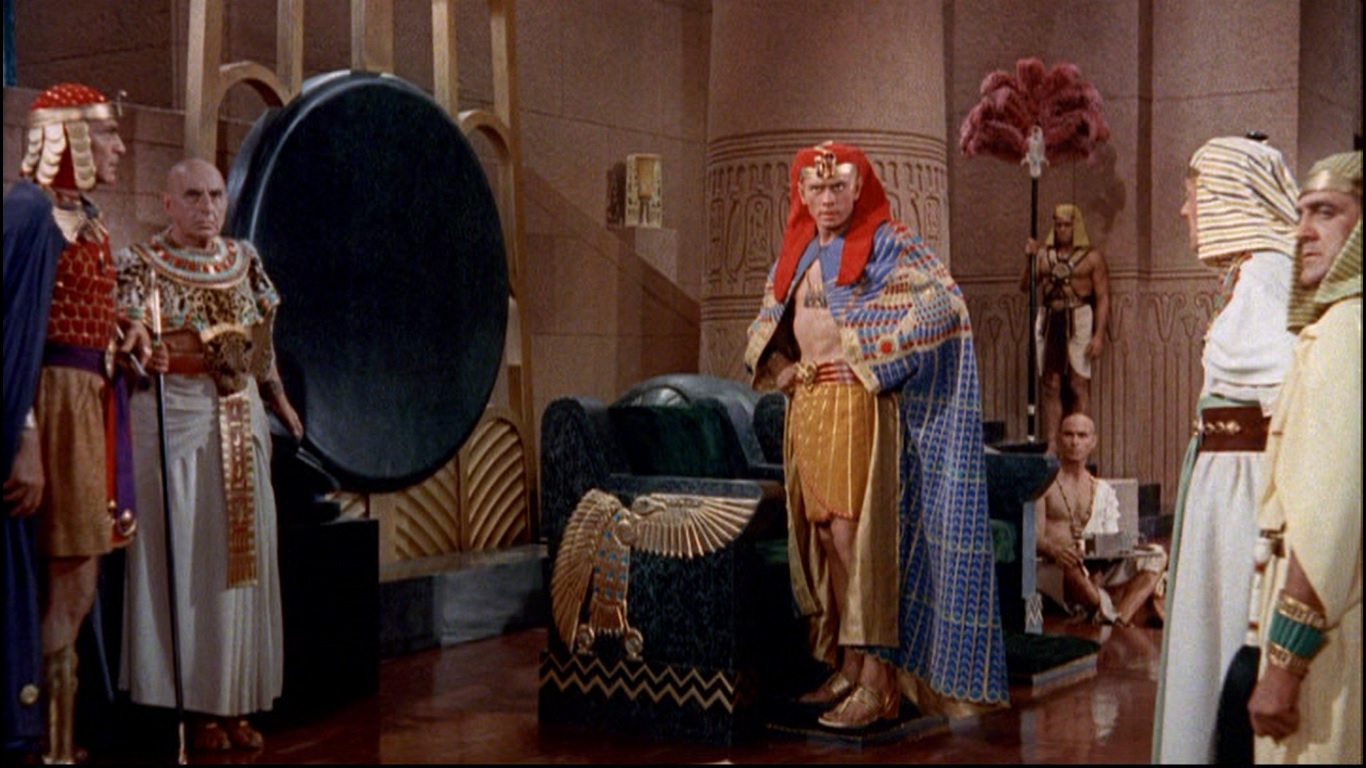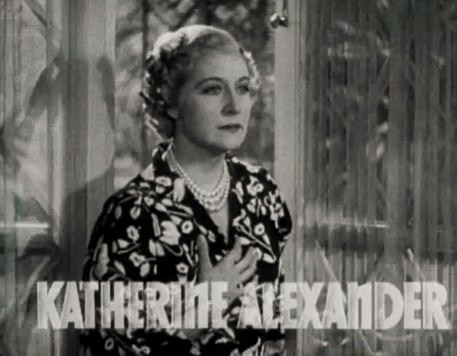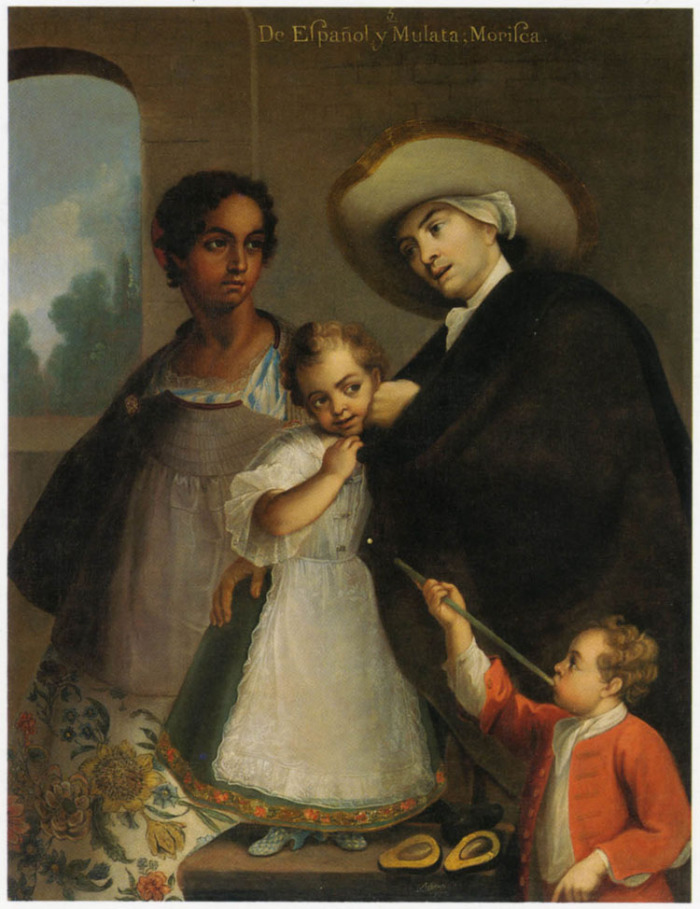|
Operator 13
''Operator 13'' is a 1934 American pre-Code romance film directed by Richard Boleslawski and starring Marion Davies, Gary Cooper, and Jean Parker. Based on stories written by Robert W. Chambers, the film is about a Union spy who impersonates a black maid in the early days of the Civil War, but complications arise when she falls in love with a Confederate officer. George J. Folsey received an Academy Award nomination for Best Cinematography. The film features the Four Mills Brothers and Davies performing musical numbers and the supporting cast includes Ted Healy, Douglas Dumbrille as Jeb Stuart, Sidney Toler as Allan Pinkerton, Fuzzy Knight, and an uncredited Sterling Holloway as a wounded Union soldier. Plot In the American Civil War, Union forces are reeling after their defeat in the Second Battle of Bull Run. The Pauline Cushman Players are performing for wounded soldiers at a Union military hospital. Pauline, a spy who works for Allan Pinkerton, recommends her close frien ... [...More Info...] [...Related Items...] OR: [Wikipedia] [Google] [Baidu] |
Richard Boleslawski
Richard Boleslawski (born Bolesław Ryszard Srzednicki; February 4, 1889 – January 17, 1937) was a Polish theatre and film director, actor and teacher of acting. Biography Richard Boleslawski was born Bolesław Ryszard Srzednicki on February 4, 1889, in Mohyliv-Podilskyi, in the Russian Empire to an ethnic Polish family of Catholic faith. He graduated from the Tver Cavalry Officers School. He trained as an actor at the First Studio of the Moscow Art Theatre under Konstantin Stanislavski and his assistant Leopold Sulerzhitsky, where he was introduced to the 'system'. During World War I, Boleslawski fought as a cavalry lieutenant on the tsarist Russian side until the fall of the Russian Empire. He left Russia after the October Revolution of 1917 for his native Poland, where he directed his first movies. As his birth name was difficult to pronounce, he took the name Ryszard Bolesławski. His ''Miracle at the Vistula'' (''Cud nad Wisłą'') was a semi-documentary about the mir ... [...More Info...] [...Related Items...] OR: [Wikipedia] [Google] [Baidu] |
Sidney Toler
Sidney Toler (born Hooper G. Toler Jr., April 28, 1874 – February 12, 1947) was an American actor, playwright, and theatre director. The second European-American actor to play the role of Charlie Chan on screen, he is best remembered for his portrayal of the Chinese-American detective in 22 films made between 1938 and 1946. Before becoming Chan, Toler played supporting roles in 50 motion pictures, and was a highly regarded comic actor on the Broadway stage. Early life and career Hooper G. Toler Jr., who was called Sidney Toler from childhood, was born April 28, 1874, in Warrensburg, Missouri. He showed an early interest in the theater, acting in an amateur production of ''Tom Sawyer'' at the age of seven. He left the University of Kansas and became a professional actor in 1892, playing the heavy in a performance of a melodrama called ''The Master Man'' in Kansas City. In 1894, he joined the Corse Payton company and toured for four years. His success in leading roles at the Le ... [...More Info...] [...Related Items...] OR: [Wikipedia] [Google] [Baidu] |
Willard Robertson
Willard Robertson (January 1, 1886 – April 5, 1948) was an American actor and writer. He appeared in more than 140 films between 1924 and 1948. He was born in Runnels, Texas, and died in Hollywood, California. Biography Robertson first worked as a lawyer in Texas, but he left his profession for a sudden interest in acting after being encouraged to do so by Joseph Jefferson. Robertson's initial venture onto the stage did not last, however. He returned to the practice of law as an attorney with the Interstate Commerce Commission. During World War I, he was an administrator in the Chicago office of the federal railway police. He appeared on Broadway in 16 plays between 1907 and 1930. Robertson played supporting roles in many Hollywood films from 1930 until the year he died, typically portraying men of authority such as doctors, elected officials, military officers, and lawyers. He played Jackie Cooper's stern but loving father in the oscar-winning drama '' Skippy'' (1931) a ... [...More Info...] [...Related Items...] OR: [Wikipedia] [Google] [Baidu] |
Douglass Dumbrille
Douglass Rupert Dumbrille (October 13, 1889 – April 2, 1974) was a Canadian actor who appeared regularly in films from the early 1930s. Life and career Douglass Dumbrille ( ) was born in Hamilton, Ontario. As a young man, he was employed as a bank clerk in Hamilton while pursuing an interest in acting. He eventually left banking for the theatre, finding work with a stock company that led him to Chicago, Illinois, and another that toured the United States. In 1913, the East Coast film industry was flourishing and that year he appeared in the film ''What Eighty Million Women Want'', but it would be another 11 years before he appeared on screen again. In 1924, he made his Broadway debut and worked off and on in the theatre for several years while supplementing his income by selling such products as car accessories, tea, insurance, real estate, and books. During the Great Depression, Dumbrille resumed his screen career in Hollywood, where he specialized in playing secondar ... [...More Info...] [...Related Items...] OR: [Wikipedia] [Google] [Baidu] |
Henry Wadsworth (actor)
Henry Wadsworth (June 18, 1903 – December 5, 1974) was an American actor best known for appearing in ''Applause'' (1929), ''The Thin Man'' (1934), and '' Mark of the Vampire'' (1935). Early life Joseph Henry Wadsworth was born on June 18, 1903 to John Gray Wadsworth and Ida Power Wadsworth, who were married in 1894. Henry Wadsworth's ancestors first arrived in Hartford, Connecticut from England in 1632. He was the grandson of William Henry Wadsworth, who was a well-known lawyer, orator, and congressman. Wadsworth attended the University of Kentucky after graduating from Maysville High School in 1921. He enrolled in Carnegie Institute of Technology's drama school before starting his acting career. Career Wadsworth made his first appearance in film in the title role of Howard Lindsay's ''Tommy'' in late 1927, following which he went on to appear in films like ''Applause'', made under Paramount production. The film also marked Helen Morgan's debut. He played minor roles i ... [...More Info...] [...Related Items...] OR: [Wikipedia] [Google] [Baidu] |
Russell Hardie
William Russell Hardie (May 20, 1904 – July 21, 1973) was an American film actor. He appeared in ''The Costello Case'', '' Broadway to Hollywood'', '' Stage Mother'', ''Christopher Bean'', '' As the Earth Turns'', '' Men in White'', ''Operator 13'', ''Murder in the Private Car'', ''Pursued'', ''Hell in the Heavens'', ''The Band Plays On'', '' Sequoia'', ''West Point of the Air'', '' Speed Devils'', '' In Old Kentucky'', ''The Harvester'', ''Down to the Sea'', ''Meet Nero Wolfe'', '' Killer at Large'', '' Camille'', ''The Frogmen'', ''The Whistle at Eaton Falls'', ''Cop Hater'', ''Fail Safe'' and ''The Group''. He died on July 21, 1973, in Clarence, New York Clarence is a town located in the northeastern part of Erie County, New York, United States, northeast of Buffalo. The population was 32,950 according to the 2020 census estimate. This represents an increase of 7.4% from the 2010 census figure. ... at age 69. Filmography References External links * * 1904 ... [...More Info...] [...Related Items...] OR: [Wikipedia] [Google] [Baidu] |
Katharine Alexander
Katharine Alexander (September 22, 1898 - February 10, 1981) was an American actress on stage and screen. She appeared in 44 films between 1930 and 1951. Her first name was sometimes spelled Katherine in billing. Biography Alexander was born in Fort Smith, Arkansas, and was one-eighth Cherokee Indian. As a young woman, she planned to be a concert artist, but Samuel Goldwyn saw her giving a violin recital and gave her a chance on stage. She became one of Broadway's leading ladies but went into films in 1930. Theatrical productions Alexander debuted on stage in ''A Successful Calamity'' with William Gillette. She starred alongside Paul Muni as his wife Linda Loman in London's Phoenix Theatre production of ''Death of a Salesman'', which opened on July 28, 1949, directed by Elia Kazan. Her Broadway credits included ''Time for Elizabeth'' (1948), ''Little Brown Jug'' (1946), ''Letters to Lucerne'' (1941), ''The Party's Over'' (1933), ''Honeymoon'' (1932), ''Best Years'' (193 ... [...More Info...] [...Related Items...] OR: [Wikipedia] [Google] [Baidu] |
Appomattox Court House National Historical Park
The Appomattox Court House National Historical Park is a preserved 19th-century village in Appomattox County, Virginia. The village is famous for the site of the Battle of Appomattox Court House, and contains the house of Wilmer McLean, where the surrender of the Army of Northern Virginia under Robert E. Lee to Union commander Ulysses S. Grant took place on April 9, 1865, effectively ending the American Civil War. The McLean House was the site of the surrender conference, but the village itself was named for the presence nearby of what is now preserved as the Old Appomattox Court House. The park was established in 1935. The village was made a national monument in 1940 and a national historical park in 1954. It is located about east of Appomattox, Virginia, the location of the Appomattox Station and the "new" Appomattox Court House. It is in the center of the state about east of Lynchburg, Virginia. The park has a couple of dozen restored buildings, a few ruins, and some ce ... [...More Info...] [...Related Items...] OR: [Wikipedia] [Google] [Baidu] |
Quadroon
In the colonial societies of the Americas and Australia, a quadroon or quarteron was a person with one quarter African/ Aboriginal and three quarters European ancestry. Similar classifications were octoroon for one-eighth black (Latin root ''octo-'', means "eight") and quintroon for one-sixteenth black. Governments of the time sometimes incorporated the terms in law, defining rights and restrictions. The use of such terminology is a characteristic of hypodescent, which is the practice within a society of assigning children of mixed unions to the ethnic group which the dominant group perceives as being subordinate. The racial designations refer specifically to the number of full-blooded African ancestors or equivalent, emphasizing the quantitative least, with quadroon signifying that a person has one-quarter black ancestry. Etymology The word ''quadroon'' was borrowed from the French ''quarteron'' and the Spanish ''cuarterón'', both of which have their root in the Latin ''quartus ... [...More Info...] [...Related Items...] OR: [Wikipedia] [Google] [Baidu] |
Blackface
Blackface is a form of theatrical makeup used predominantly by non-Black people to portray a caricature of a Black person. In the United States, the practice became common during the 19th century and contributed to the spread of racial stereotypes such as the "happy-go-lucky darky on the plantation" or the " dandified coon". By the middle of the century, blackface minstrel shows had become a distinctive American artform, translating formal works such as opera into popular terms for a general audience. Early in the 20th century, blackface branched off from the minstrel show and became a form in its own right. In the United States, blackface declined in popularity beginning in the 1940s and into the civil rights movement of the 1950s and 1960s,Clark, Alexis.How the History of Blackface Is Rooted in Racism. ''History''. A&E Television Networks, LLC. 2019. and was generally considered highly offensive, disrespectful, and racist by the turn of the 21st century, though the practice ... [...More Info...] [...Related Items...] OR: [Wikipedia] [Google] [Baidu] |
Second Battle Of Bull Run
The Second Battle of Bull Run or Battle of Second Manassas was fought August 28–30, 1862, in Prince William County, Virginia, as part of the American Civil War. It was the culmination of the Northern Virginia Campaign waged by Confederate Gen. Robert E. Lee's Army of Northern Virginia against Union Maj. Gen. John Pope's Army of Virginia, and a battle of much larger scale and numbers than the First Battle of Bull Run (or First Manassas) fought on July 21, 1861 on the same ground. Following a wide-ranging flanking march, Confederate Maj. Gen. Thomas J. "Stonewall" Jackson captured the Union supply depot at Manassas Junction, threatening Pope's line of communications with Washington, D.C. Withdrawing a few miles to the northwest, Jackson took up strong concealed defensive positions on Stony Ridge and awaited the arrival of the wing of Lee's army commanded by Maj. Gen. James Longstreet. On August 28, 1862, Jackson attacked a Union column just east of Gainesville, at Brawn ... [...More Info...] [...Related Items...] OR: [Wikipedia] [Google] [Baidu] |
American Civil War
The American Civil War (April 12, 1861 – May 26, 1865; also known by other names) was a civil war in the United States. It was fought between the Union ("the North") and the Confederacy ("the South"), the latter formed by states that had seceded. The central cause of the war was the dispute over whether slavery would be permitted to expand into the western territories, leading to more slave states, or be prevented from doing so, which was widely believed would place slavery on a course of ultimate extinction. Decades of political controversy over slavery were brought to a head by the victory in the 1860 U.S. presidential election of Abraham Lincoln, who opposed slavery's expansion into the west. An initial seven southern slave states responded to Lincoln's victory by seceding from the United States and, in 1861, forming the Confederacy. The Confederacy seized U.S. forts and other federal assets within their borders. Led by Confederate President Jefferson Davis, ... [...More Info...] [...Related Items...] OR: [Wikipedia] [Google] [Baidu] |





